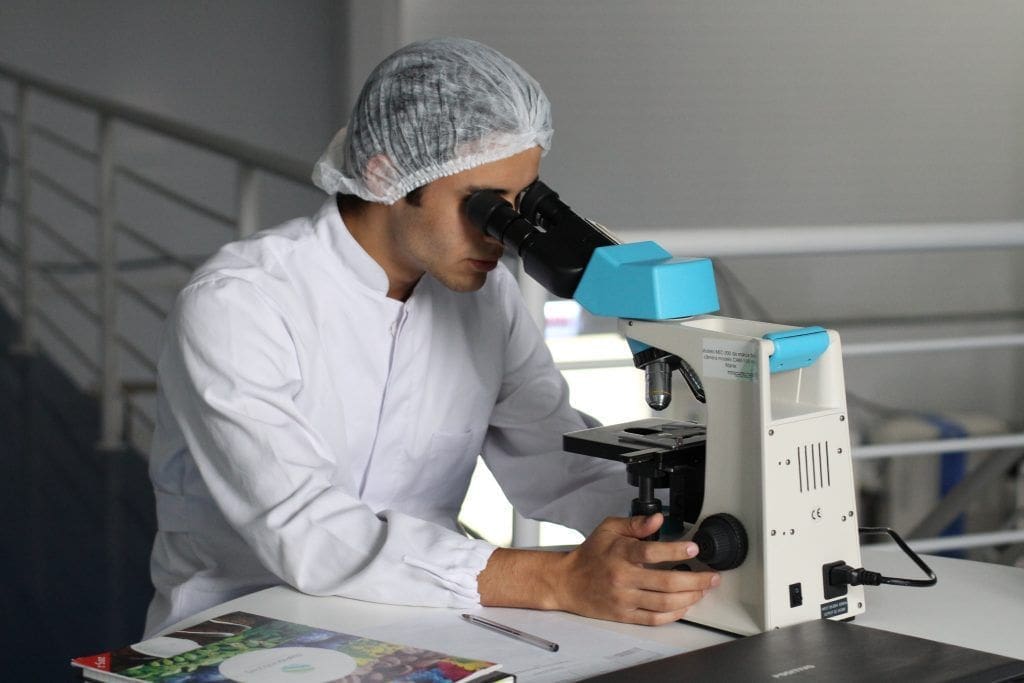Killing Cancer
A recent medical breakthrough from researchers at Stanford University School of Medicine has cured cancer in mice entirely, and humans might be next.
By directly injecting two immune stimulating agents directly into tumors in mice, Stanford Medicine researchers have eradicated cancer entirely – from targeted tumors to distant metastases in the body. 87 out of 90 mice were cured of cancer, and although the cancer returned in the remaining three mice, the tumors regressed after a second round of treatment.
“When we use two agents together, we see the elimination of tumors all over the body”, said Ronald Levy, senior author of the study, MD, and professor of oncology at Stanford Medicine. “This approach bypasses the need to identify tumor-specific immune targets and doesn’t require wholesale activation of the immune system or customisation of a patient’s immune cells”.
Immunotherapy is a field that utilises a patient’s own immune system to battle cancer specifically, differing from chemotherapy which uses radiation to attack cells indiscriminately. One of the agents used has already been approved for use in humans, the other is currently in use in clinical trials.
The treatment works by stimulating and activating the body’s T-Cells. T-Cells are white blood cells that combat infection and disease and come in two types – Helper T-Cells and Killer T-Cells. Both T-Cells work together to combat disease; the Helper T-Cell identifies and isolates the pathogen and the Killer T-Cell kills it off.
While T-Cells are extremely adept in identifying potential threats, the “corrupted” nature of cancer cells means that our immune system recognises cancer as a regular part of the body. Even if T-Cells do identify abnormal proteins present on cancer cells, tumors can often suppress T-Cell activity.
Stanford’s use of two immune stimulating agents addresses the problem of identification and eradication that T-Cells face. The first agent, a stretch of DNA called CpG oligonucleotide, amplifies the expression of receptors on the surface of T-Cells. The other agent is an antibody that stimulates T-Cells to fight cancer cells. Because these agents are directly injected into the tumor, only T-Cells inside are activated. Once the T-Cells have learned to identify the threat of cancer and destroyed the tumor, they then travel throughout the body and destroy traces of the cancer elsewhere. The treatment essentially kills the cancer from the inside out, before seeking any traces of it in the rest of the body.
While the study is successful in curing cancer in mice, clinical trials in human patients with low-grade lymphoma are currently underway. “I don’t think there’s a limit to the type of tumor we could potentially treat, as long as it has been infiltrated by the immune system”, Levy said.

